The platypus and echidna are the only mammals to lay eggs. Because of this, scientists place them into a special group of mammals called the monotremes. These animals pose an interesting challenge for creationists. A number of extinct monotremes are known from the fossil-bearing Cretaceous rock layers, most from Australia, one from Patagonia, South America. And almost all Cenozoic monotremes (again excepting one in Patagonia, South America) are also Australian. This would be a rather peculiar coincidence if monotremes exited the Ark after the Flood and then made their way to the primary land mass where their pre-Flood relatives were buried.
The following article has been reblogged and laymanized with permission from Zoo Creation. The views expressed reflect those of the author, and not necessarily those of New Creation.
First, though, a quick review of living monotremes:
The Platypus
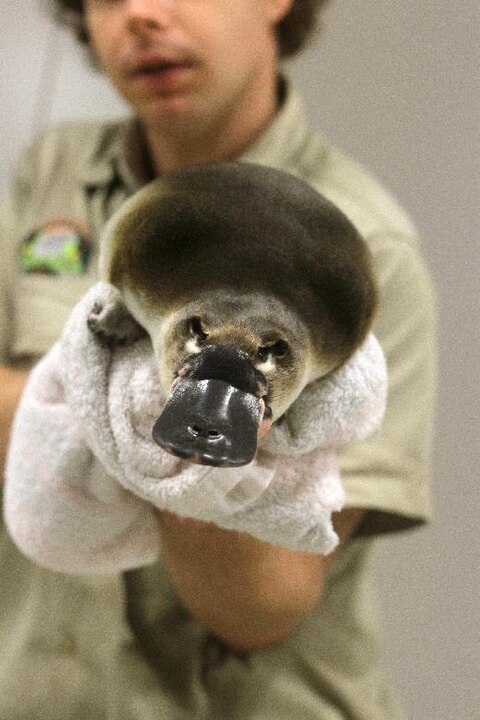
The platypus, Ornithorhynchus anatinus (Ornithorhynchidae), is a semi-aquatic mammal that hunts for prey in the water using electrolocation via receptors in its bill. The soft (but thick), rubbery skin that covers the bone core of the beak (part of the skull) contains electroreceptiors and mechanoreceptors. These are special sensors on the bill that pick up the electrical and vibration signals given off by its prey (Gregory et al. 1988). It has webbed feet, waterproof fur, and a flat, furry tail.
Platypuses are born with ‘milk teeth,’ but those are lost; adults chew their food using ‘horny grinding plates and shearing ridges’ (Pasitschniak-Arts and Marinelli 1998). Platypuses reproduce by egg-laying (females build nests). Males have back ankle spurs that can deliver a painful toxin. Platypuses inhabit lake and river environments where they dig burrows in riverbanks or debris piles. “The presence of permanent freshwater is essential to their survival” (Pasitschniak-Arts and Marinelli 1998). They feed on a wide range of freshwater invertebrates and other small aquatic prey. The only living species of platypus, O. anatinus is found in eastern Australia and Tasmania.
The Echidna

There are four living species of echidnas (Tachyglossidae) in two genera. The short-beaked echidna, Tachyglossus aculeatus, is found throughout Australia (including Tasmania), as well as in parts of eastern New Guinea. Three species of long-beaked echidnas, Zaglossus, are found in New Guinea.
Echidnas are terrestrial, feeding on small invertebrates. They are covered in keratin spines. Unlike the broad platypus bill, echidnas have a rather long, narrow beak; they do have electroreceptors, though not as many as are found in the platypus bill (Proske et al. 1998). Females lay a single egg which is placed in a pouch and carried until after it hatches and the young (monotreme young are called ‘puggles’) starts to develop spines, at which point a nursery burrow is dug. Echidnas, as with modern platypuses, are born with teeth, but lose them as they mature.
Monotremes Before the Flood
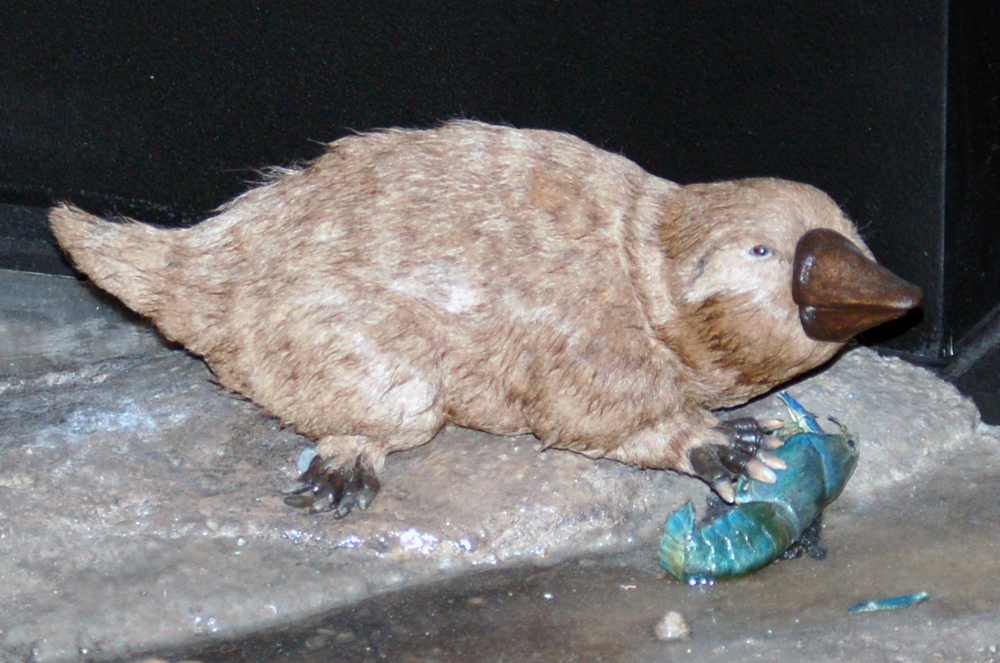
Seven genera of monotremes (from at least four families) are known from Cretaceous fossil sites; six are in Australia, and one is in South America. These are best recognized as end-stage Flood deposits, while the continents of South America, Antarctica, and Australia were still relatively close to each other. These monotremes were physically diverse, demonstrated even when only skull and teeth fossils are known (Flannery et al. 2022). (Extinct fossil monotremes retained their teeth as adults.)
Teinolophos and Steropodon were distinctive enough to warrant their own families, and are generally considered “stem monotremes” (Phillips et al. 2009). Teinolophos was much smaller than all other known monotremes (‘shrew-sized’), and had five molars rather than three, among other unique traits (Flannery et al. 2022). It exhibited characteristics suggesting an ‘electroreceptive snout’, but it did not have a rubbery bill or beak like a modern monotreme (Rich et al. 2016). Stirtodon has been suggested as related to Teinolophos (Flannery et al. 2022); it is known from a single premolar that indicates a monotreme much larger in size than its contemporaries. Steropodon is only known from an opalized jaw fragment with three molars (Archer et al. 1985), so its overall structure is speculative.
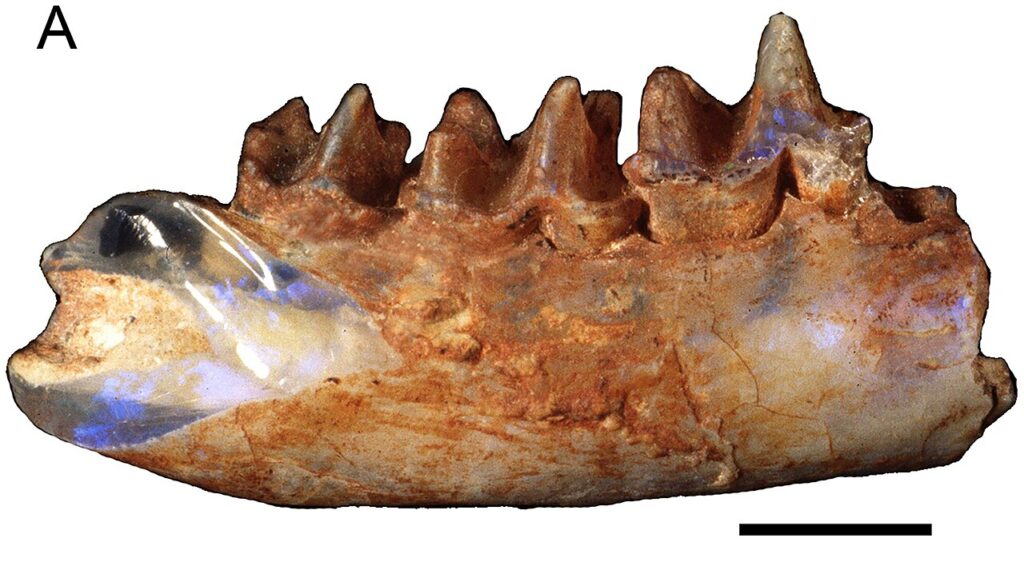
The Kollikodontidae (Kollikodon, and possibly Sundrius and Kryoryctes) were also fairly distinctive, and a possible sister group to the platypus and echidna families (Flannery et al. 1995). (It has also been argued that the Kollikodontidae are not monotremes at all, but rather an entirely different group of mammals called haramyidan Mammaliaformes (Rich et al. 2020).) The Kollikodon jaw exhibits a large canal in the lower jaw, suggesting that it “had a bill and/or electrosensory organs at the front of the face” (Flannery et al. 1995). It had at least four molars, suggesting the genus was less ‘modern’ than true members of the platypus family.
Patagorhynchus pascuali is the Patagonian species, known from a jaw fragment holding a distinctive lower molar. It is “closely similar to that of the Paleogene Monotrematum and the Neogene Obdurodon” (Chimento et al. 2023). This suggests an overall ‘platypus-like’ morphology. It was found fossilized with both terrestrial and freshwater aquatic species.
Monotremes after the Flood
The earliest post-Flood monotreme is the South American Monotrematum, from Paleocene fossil sites. This “large, robust platypus” (Musser 2003) had teeth and thigh bone “very similar to those of undoubted fossil and living platypuses” (Phillips et al. 2009). Obdurodon first appears in Oligocene fossil sites, and was also a ‘toothed’ platypus (Musser 2003). The early Monotrematum (Forasiepi and Martinelli 2003) and Obdurodon dicksoni were large species, while the later Obdurodon insignis decreased in size. O. tharalkooschild, a more derived and ‘youngest’ species from Miocene-Pliocene Riversleigh fossil site, was the largest of the platypus family, almost a meter in length. Pian et al. (2013) suggest this likely indicates the modern platypus derived from an earlier species of Obdurodon, rather than the youngest known species.
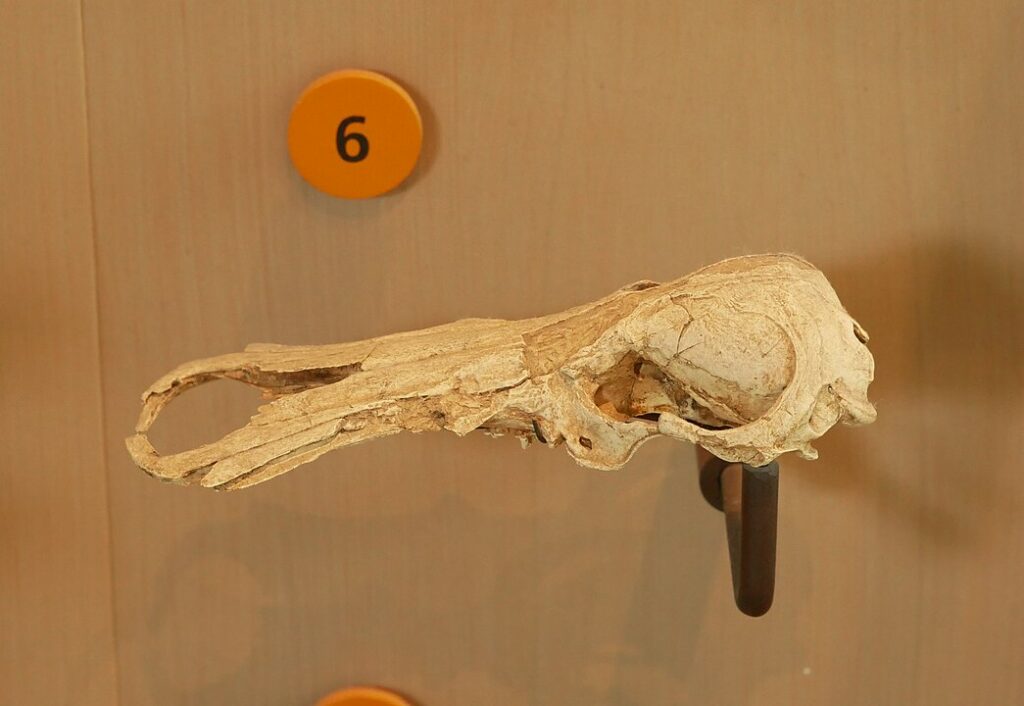
In comparing the skull of the ‘toothed’ Obdurodon dicksoni with the ‘toothless’ Ornithorhynchus anatinus, one study (Asahara et al. 2016) determined that though Obdurodon’s skull (and therefore bill) was larger, a smaller nerve in the upper jaw suggested less sensitivity than that of the modern platypus. Obdurodon had larger eyes, so likely included visual searching while hunting food. It probably foraged in the water column, while the modern platypus stirs up muddy stream and lake bottoms.
Echidnas as a Post-Flood Derivation
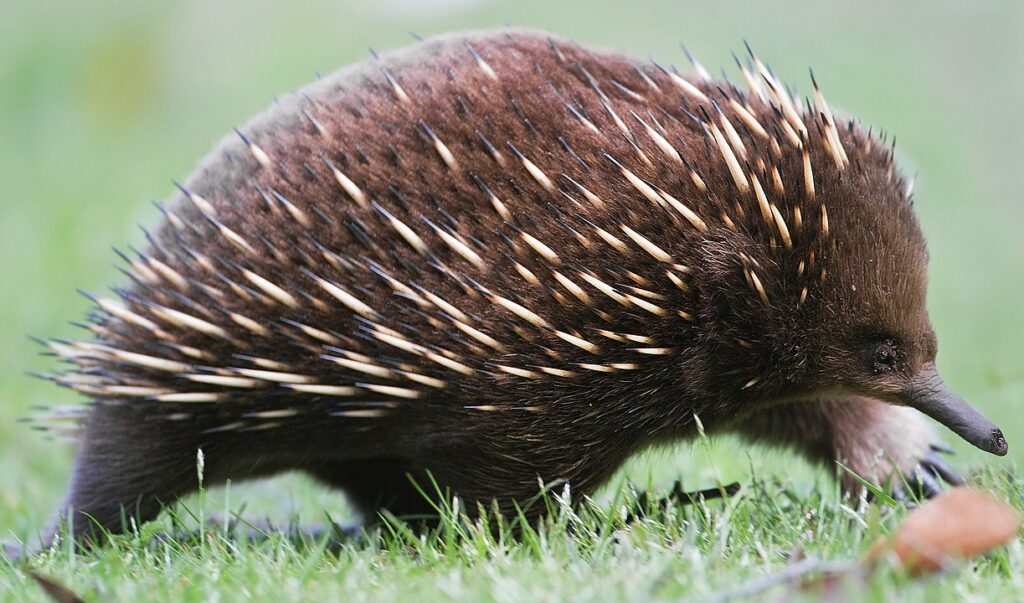
The fossil evidence for terrestrial echidnas is remarkably short (only just prior to the Ice Age for certain) for an animal with such ‘robust’ bones (Flannery et al. 2020). Additional evidence suggests that echidnas developed after the Cretaceous (thus after the Flood) from an aquatic platypus-like ancestor, possibly in tropical New Guinea (where fossils were less likely to be preserved), and later moved into Australia just before the Ice Age occurred.
Flannery et al. (2022) noted that embryonic echidnas “possess a marginal rostral cartilage, suggesting that their characteristic ‘beak’ originally developed from a ‘platypus-like’ ‘bill’.” Phillips et al. (2009; 2010) pointed to the retention of strong genetic sequences for a tooth matrix protein, despite being toothless; hind limb projection and locomotion that seem adapted for swimming; and the retention of ankle spurs, even though their unusual hind limb positioning makes them useless. Whittington and Belov (2014) noted that in echidnas, the venom delivery system appears to be ‘regressed’, now possibly functioning as a scent gland.
Monotremes are often considered to be ‘primitive’ mammals, but the recent (post-Flood), rapid radiation of a distinctive adaptation to life on land within a semi-aquatic lineage suggests that these creatures are anything but primitive. God imbued their lineage with the same biological capacity for diversification as they spread and ‘filled the Earth,’ as with other lineages.
Rapid and extreme morphological change is not feasible within an evolutionary scenario that relies on random mutations and natural selection as the primary drivers. Within a creation worldview, we recognize that God made created kind lineages with the capacity and biological framework for such change in short periods: directed mutation, epigenetics, chromosomal rearrangement, and hybridization have all been discussed within the creation biology literature, as well as more speculative scenarios such as Continuous Environmental Tracking (advocated by Dr. Guliuzza) and Step-Down, Saltational, Intrabaraminic Diversification (suggested by Dr. Wise). There is still a great deal more to be investigated, but there are key studies currently underway.
Do Monotremes Pose a Challenge to Young-Earth Creationism?
To restate the problem: Flood deposits with monotreme fossils are found in Patagonia and Australia. Even given that we are discussing completely different genera (and families), it certainly is a puzzle—or would be, if we were stating that platypuses had to travel to and back from the Ark, planting themselves on the graves of their ancestors. I don’t think that is necessary.
I am going to suggest that the platypus kind is essentially aquatic, and therefore would not have been on the Ark. I am going to assume one general kind; perhaps there were more (if, for example, Steropodon and Teinolophos had no genetic relationship to modern monotremes), but we really do not have a good grasp of the expansiveness of pre-Flood created kind lineages. Instead, wherever the original pre-Flood platypus populations were, the late-stage Floodwaters buried some of these (along with other organisms in their terrestrial and freshwater ecosystems) over what would become the initially connected landmasses of South America, Antarctica, and Australia.
This explains the Flood’s fossil record of Australian and South American fossils. More importantly, it gives us an idea of how a platypus could end up in South America right after the Flood (suggesting an initial population that soon died out), and how at least one lineage later attained a foothold in Australia. (The South American Monotrematum was very similar to Obdurodon (Musser 2003), so possibly was ancestral through the Antarctic land bridge.)
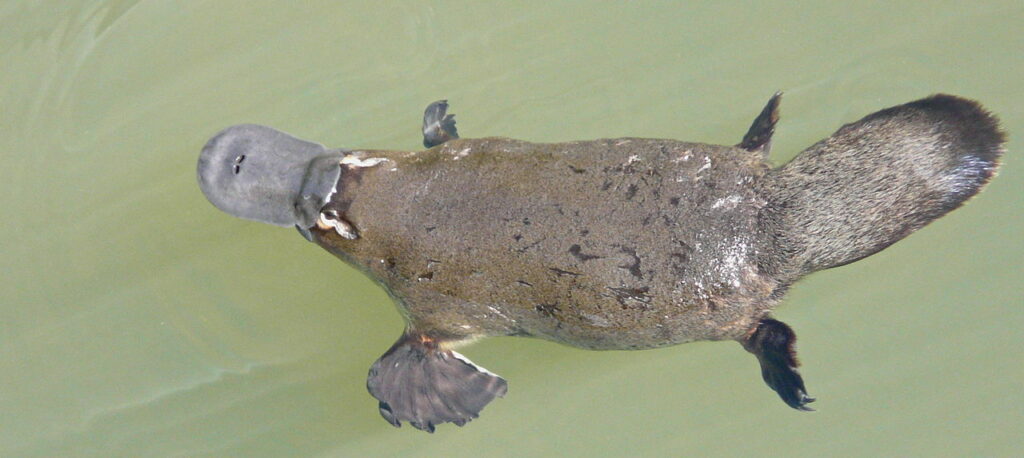
Being aquatic, some platypuses managed to survive the late-stage Floodwaters and remain on the same landmass as their recently buried relatives. (We see something similar with certain crocodilians being buried in Cretaceous deposits, with aquatic relatives in the Paleogene remaining in the same region.) The ‘toothed platypuses’ spread throughout Australia, with the modern ‘toothless platypus’ being an offshoot lineage. At some point after the Flood, an aquatic platypus ancestral group ended up in New Guinea, adapting into a terrestrial echidna morphology. Today, only the Australasian monotremes survive.
Footnotes
Archer, et al. 1985. First Mesozoic mammal from Australia—an early Cretaceous monotreme. Nature 318(Nov. 28): 363-366.
Asahara, M., et al. 2016. Comparative cranial morphology in living and extinct platypuses: Feeding behavior, electroreception, and loss of teeth. Science Advances 2: e1601329.
Chimento, N. R., et al. 2023. First monotreme from the Late Cretaceous of South America. Communications Biology 6(146): 1-6.
Flannery, T. F., et al. 1995. A new family of monotremes from the Cretaceous of Australia. Nature 377(Oct. 5): 418-420.
Flannery, T. F., et al. 2022. A review of monotreme (Monotremata) evolution. Alcheringa: An Australasian Journal of Palaeontology 46(1): 3-20.
Forasiepi, A. M., and A. G. Martinelli. 2003. Femur of a monotreme (Mammalia, Monotremata) from the Early Paleocene Salamanca Formation of Patagonia, Argentina. Ameghiniana 40(4): 625-630.
Gregory, J. E., et al. 1988. Receptors in the bill of the platypus. Journal of Physiology 400: 349-366.
Musser, A. M. 2003. Review of the monotreme fossil record and comparison of palaeontological and molecular data. Comparative Biochemistry and Physiology Part A 136: 927-942.
Pasitschniak-Arts, M., and L. Marinelli. 1998. Ornithorhynchus anatinus. Mammalian Species (585): 1-9.
Phillips, M. J., T. H. Bennett, and M. S. Y. Lee. 2009. Molecules, morphology, and ecology indicate a recent, amphibious ancestry for echidnas. PNAS 106(40): 17089-17094.
Phillips, M. J., T. H. Bennett, and M. S. Y. Lee. 2010. Reply to Camens: How recently did modern monotremes diversify? PNAS 107(4): E13.
Pian, R., M. Archer, and S. J. Hand. 2013. A new, giant platypus, Obdurodon tharalkooschild, sp. nov. (Monotremata, Ornithorhynchidae), from the Riversleigh World Heritage Area, Australia. Journal of Vertebrate Paleontology 33(6): 1255-1259.
Proske, U., J. E. Gregory, and A. Iggo. 1998. Sensory receptors in monotremes. Philosophical Transactions of the Royal Society, London B 353: 1187-1198.
Rich, T. H., et al. 2016. The mandible and dentition of the Early Cretaceous monotreme Teinolophos trusleri. Alcheringa: An Australasian Journal of Palaeontology 40(4): 475-501.
Rich, T. H., et al. 2020. Multiple hypotheses about two mammalian upper dentitions from the Early Cretaceous of Australia. Alcheringa: An Australasian Journal of Palaeontology 44(4): 528-536.
Whittington, C. M., and K. Belov. 2014. Tracing monotreme venom evolution in the genomics era. Toxins 6(4): 1260-1273.

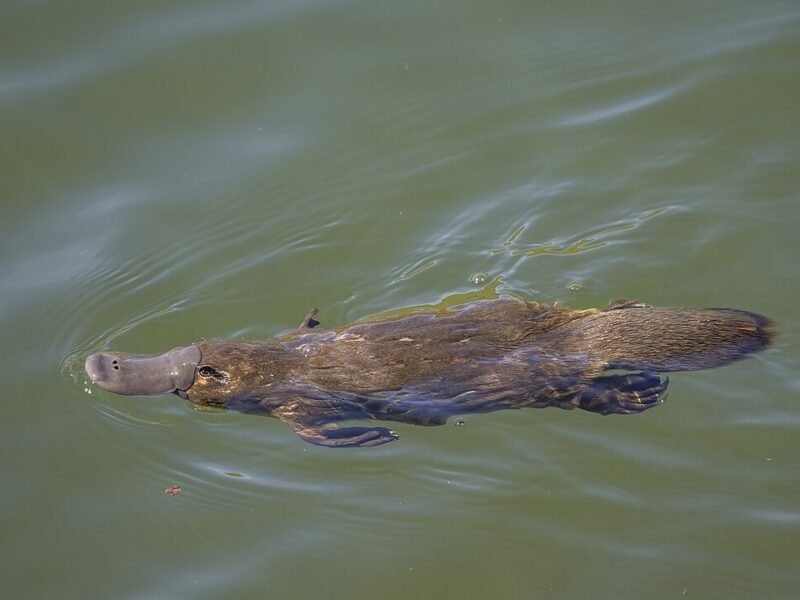


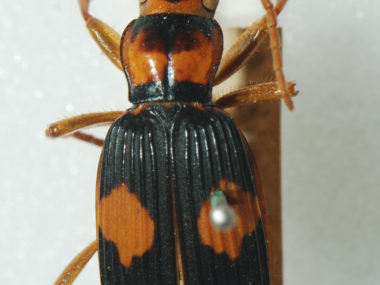
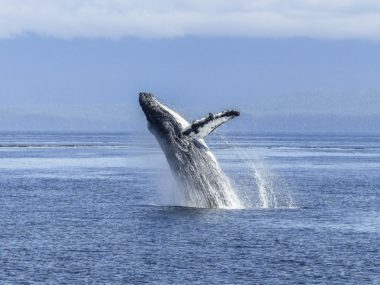
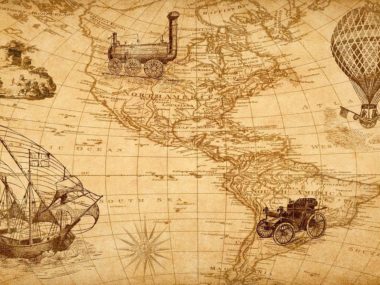
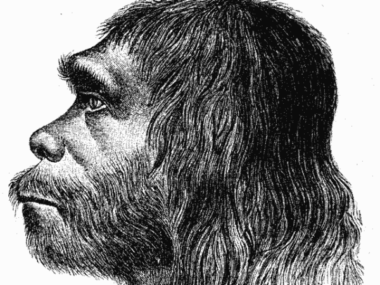




i;m confident they were ark creatures. yet I suggest there were no monotremes before the flood or after. tHese are dumb definitions humans invent because of grouping trivial traits. the platupus is just another otter. laying eggs is no big deal. just a good idea back in the day. just like marsupials are not a group but the same creatures with mutual minor traits in areas migrated too. Organized creationism should strive to squueeze critters into small numbers of kinds. Then allow bodyplan changes as the creatures needed to fill the earth quick after the flood.
I was wondering how the author imagines the platypus in Australia to have made the journey from the original origin of the landmasses to where the continent eventually ended up at the end of the flood? If the author follows the generally accepted CPT model with associated mega tsunamis and rapid continental plate motion then how did the platypus keep up with the swimming required? If all the landmass was submerged then they would not have been carried along in an isolated fresh water pool I presume?